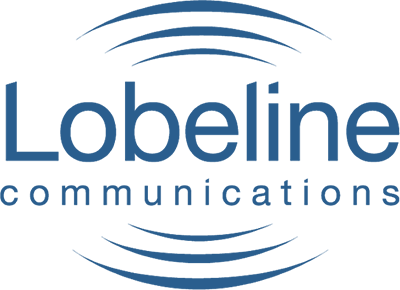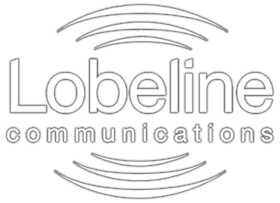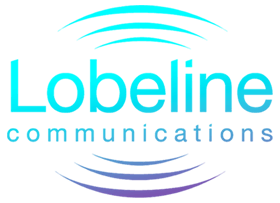By Shaun W. Kimbrow
PR Manager – Division Head | Lobeline Communications
In the dynamic and ever-evolving world of real estate, effective public relations (PR) can be the key to unlocking your potential and standing out in a crowded market. As a real estate PR professional, your goal is to harness your creativity and make properties shine, appealing to both consumers and potential customers. Here are four essential tips, which can help you unleash your full potential and excel in this exciting and rewarding field.
1) Discover Your Audience: The Key to Unlocking Successful Real Estate PR
The first and most crucial step in any real estate PR strategy is to identify your target audience. Understanding who you are trying to reach is essential for crafting messages that resonate. This process involves researching the demographics, preferences, and needs of potential buyers or tenants. For instance, if you’re promoting a luxury property, your audience might be high-income individuals looking for exclusive features. On the other hand, if you’re working with affordable housing, your audience might be young families or first-time homebuyers.
Knowing your audience allows you to tailor your messaging in a way that is both relevant and appealing. Consider the following questions:
- What are the key characteristics of your target audience (age, income level, lifestyle)?
- What are their primary needs and desires in a property?
- How do they typically consume media and information?
Understanding your audience is not just about demographics; it’s about stepping into their shoes and seeing the world from their perspective.

2) Unveiling the Unique: Crafting Stories from Distinctive Property Traits
Every property has a story, and your job is to tell it compellingly. Focus on what makes each property unique and memorable. This might include historical significance, architectural uniqueness, or even a notable previous owner.
Consider these points:
- Historical Significance: If the property has historical value, highlight this aspect. Was it built in a significant era, or does it have a unique architectural style?
- Notable Previous Owners: Properties previously owned by well-known individuals can attract attention.
- Architectural Uniqueness: If the property was designed by a renowned architect or showcases a unique architectural style, emphasize these details.
By showcasing these features, you create a narrative around the property that goes beyond its physical attributes, making it more appealing to potential buyers or journalists looking for an interesting story.
3) The Art of the Pitch: Crafting Stories That Resonate and Sell
A well-crafted pitch can make all the difference in getting your property featured in the media. Your pitch should be concise, engaging, and tailored to the recipient. Here are some elements to include:
- Personalization: Start with a personal note to show that you understand the journalist’s interests and the type of stories they cover.
- Relevance: Explain why your story is relevant to their audience. This shows that you’ve done your homework.
- Key Points: Clearly outline the most compelling aspects of your story. What makes this property newsworthy?
- Additional Resources: Include links to high-quality images, virtual tours, or any other resources that can help journalists visualize the story.
- Contact Information: Make sure your contact details are easily accessible so journalists can reach you for follow-ups.
Remember, the goal of your pitch is to intrigue the recipient and make them want to learn more about the property.

4) Timing is the PR Alchemist: Turning Opportunities into Gold
Timing your pitch correctly is crucial in the fast-paced world of real estate PR. Here are some guidelines:
- Best Times to Pitch: The early morning hours between 7-9 AM are ideal for immediate news, as this is before editorial meetings which often occur around 9:30 AM ET or 7:30 AM PT. If your news isn’t urgent, consider pitching after 3 PM.
- Day of the Week: Mondays and Wednesdays are typically the busiest days for journalists, so your pitch might get lost in the shuffle. Fridays are often used for planning, making it a good day to pitch stories for the following week.
- Advance Notice: Try to pitch your story at least a week in advance. This gives journalists time to plan and potentially include your story in their upcoming coverage.
Understanding these nuances can significantly increase the chances of your story being picked up.
Wrapping It Up:
In conclusion, successful real estate PR requires a mix of strategic planning, storytelling, and timing. By understanding your audience, highlighting what makes each property unique, crafting a compelling pitch, and timing it right, you can effectively capture the attention of both journalists and potential buyers. Remember, in real estate PR, it’s not just about selling a property; it’s about telling a story that resonates.










